PLA Wood filament 1.75 mm
Strength/Flexi/Durability- High/low/medium
Ease of use- High
Print Temp- 190°C – 220°C
Print Bed Temp.- Not needed
Shrinkage Warping- minimal
Diameter- 1.75mm
Applications- models, toys, prototype containers
Colour: wood

Description
It’s PLA filament that contains wood fiber. Once printed, the final object looks and feels surprisingly wood-like.
Typically, wood filament is composed of around 70% PLA and 30% wood fiber. Because of the added wood, it tends to be more delicate than regular PLA, breaking more easily.
Early wood filaments were made with sawdust, but the final prints looked more like cardboard than wood. The advantage was its greater flexibility, but with today’s wood fiber filaments, 3D printed objects can look, feel, and smell just like carved wood.
Depending on the brand, you can find several different types of wood filament, like bamboo, birch, cedar, cork, ebony, olive, pine, and even coconut! But pay close attention to the filament you buy: Make sure it actually has wood fiber and not just wood coloring, because the finish won’t be the same.
WOOD 3D PRINTING GUIDE
Temperature Settings
The Nozzle
Similar to regular PLA, it’s best if you preheat your nozzle to between 170 and 220 ºC. Naturally, the exact temperature will depend on the filament.
One interesting thing with wood filament is that you can experiment with different temperatures to produce different colors and finishes. That’s because an extruder at higher temperatures will burn the wood fiber, creating darker shades.
Just be aware that wood is highly flammable. If the hot end is too hot and the nozzle isn’t extruding filament fast enough, your print could become damaged or even catch fire.
To prevent clogging, it’s recommended to equip your printer with a nozzle larger than the standard 0.4 mm. Additionally, it’s especially important with wood filament to keep the nozzle clean!
The Build Plate
To create quality prints with wood filament, it’s a good idea to use a heated bed, but it’s not necessary. If you have one, preheat it to somewhere between 50 and 70 ºC.
What is necessary is to provide an adhesive surface, either with painter’s tape, glue stick, a glass plate, or PEI sheets. Otherwise, it’s very common for parts to slide around during printing.
ADVERTISEMENT
WOOD 3D PRINTING GUIDE
Additional Settings
Once you start working with wood filament, you might experience some issues with oozing and stringing. Playing around certain slicer settings can help! Here are some handy tips:
- In general, don’t be afraid of adjusting the number of layers when using wood filament. The material is typically very good at hiding layer lines, so having more or less usually isn’t an issue.
- Because wood filament solidifies relatively quickly, preventing clogging can sometimes be as simple as increasing print speed.
- Cura has a setting called combing, which recalculates the movements of the nozzle to stay inside the print. This will increase printing time but prevent oozing and improve quality. This is the same thing as the “avoid crossing outline for travel movements” setting in Simplify3D.
- Simplify3D has a setting called coasting, which reduces the pressure on the nozzle every time it reaches the end of a printing segment. You can also try to adjust some of the parameters like the speed and the volume of coasting material. Using negative values may help reduce the chance of oozing or stringing.
Post-Processing
Various finishing techniques can greatly improve the look of a wood 3D print. Source: 3D Systems
When the 3D printing process is finished, you can start the final touches. Yet, with wood filament, you can even start with coloring during printing. As mentioned earlier, changing the print temperature will produce subtle color changes.
Sanding a wood 3D print is very similar to sanding a normal piece of wood. Start with a harder grit and gradually work your way to a softer one until the object is smooth.
Just like real wood, objects 3D printed with wood filament are porous, meaning they easily absorb different dyes and stains. Consider using a stain to produce different colors and surface finishes.
If you have access to a CNC laser machine, an engraver, or even a pyrography set, you can add features or drawings to your finished piece of work.
3D Wood Filament Specifications
- Net weight: 1 kg
- Color: Natural
- Diameter: +/- 0.05mm
- Roundness: +/- 0.07mm
3D Wood Print Settings
- Hotend Temperature: 210 C – 230 C
- Heated Bed Temperature: 110 C – 120 C
- Nozzle Size: 5 mm or bigger (The larger nozzles help prevent clogs)
- Print Surface: Kapton tape or blue tape with glue stick
Check our Instagram page for more updates and what products are being created using Flashforge 3D Filament.
If you’d like to know more about the various types of PLA, check out our PLA filament guide.
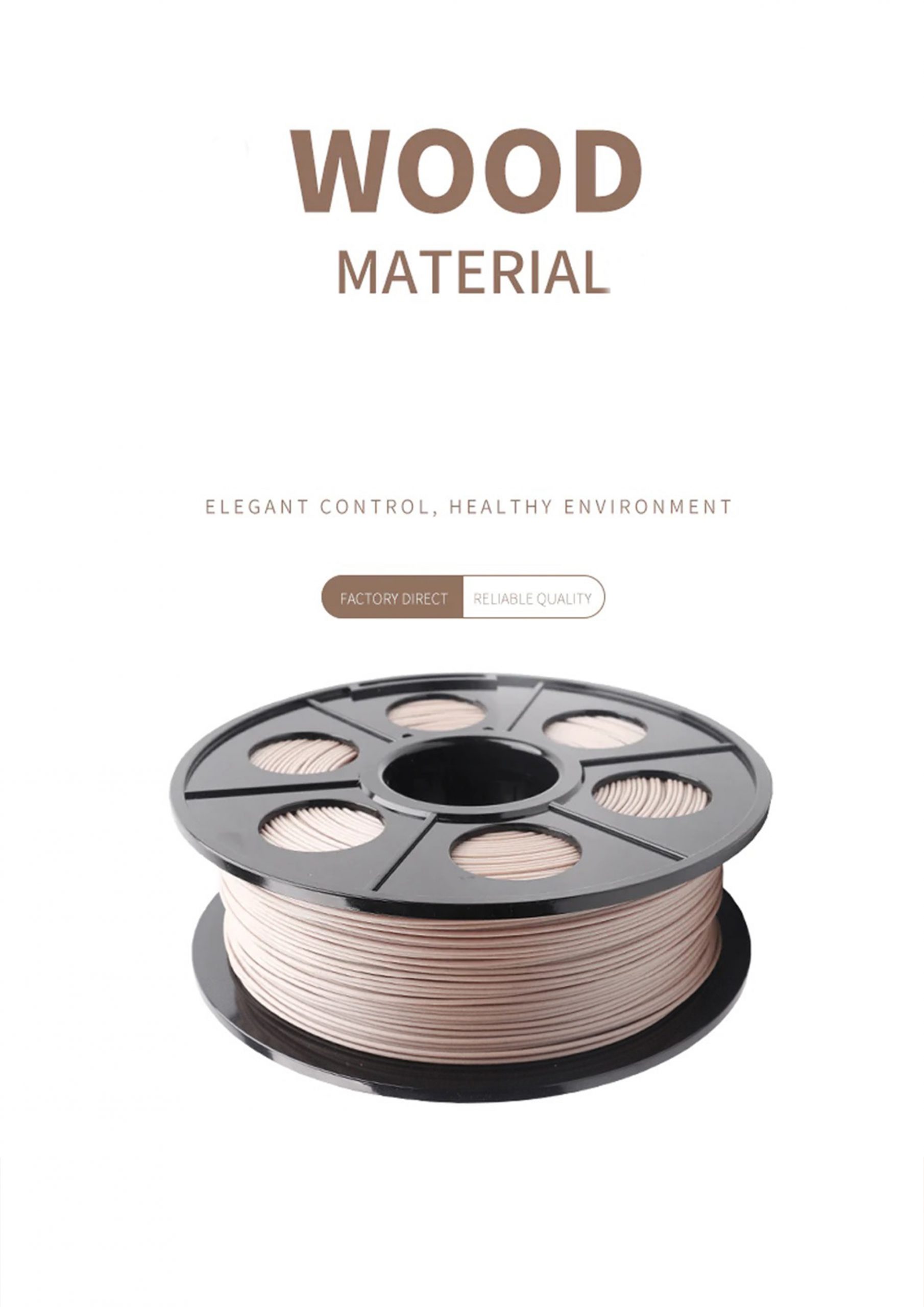
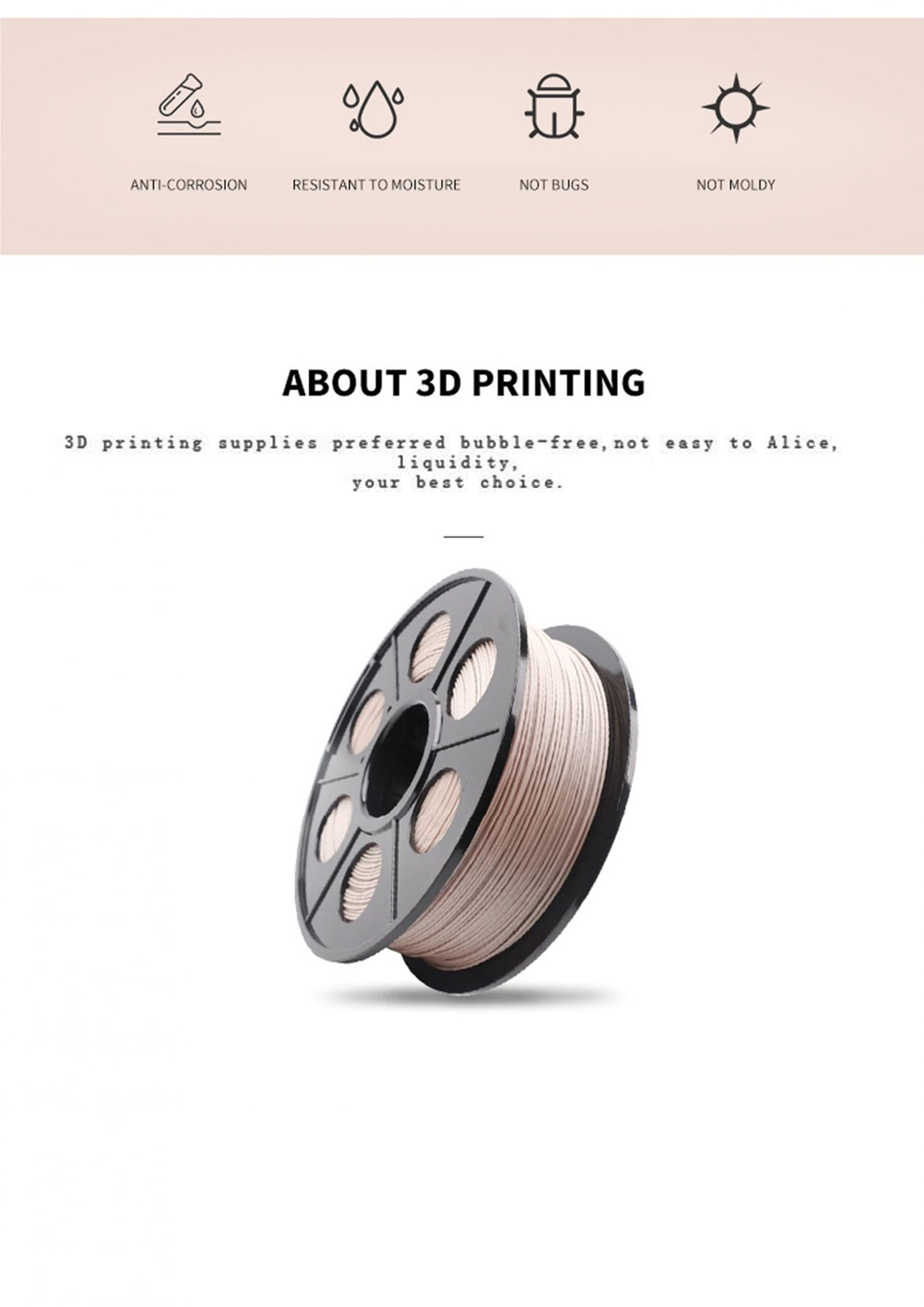
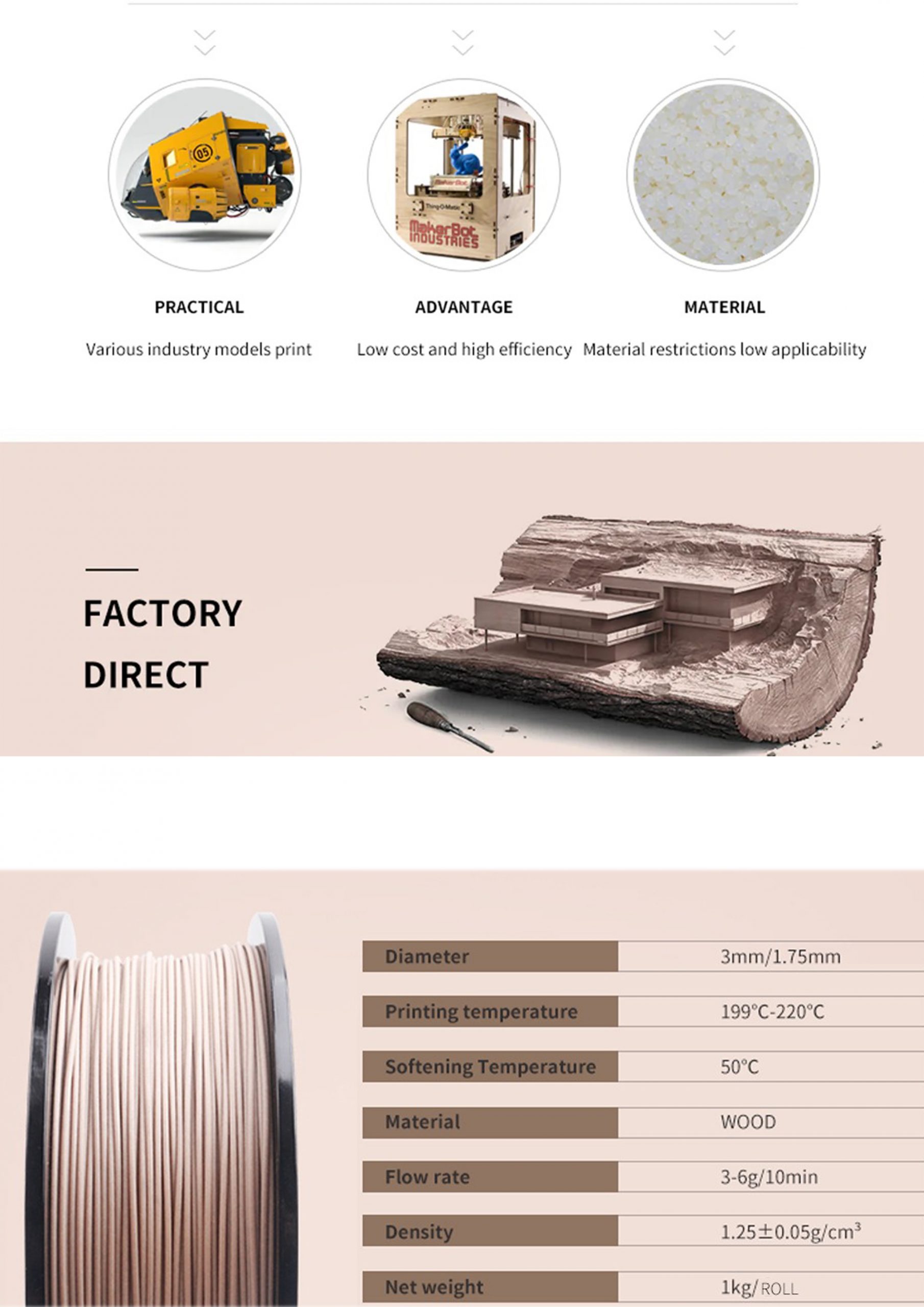
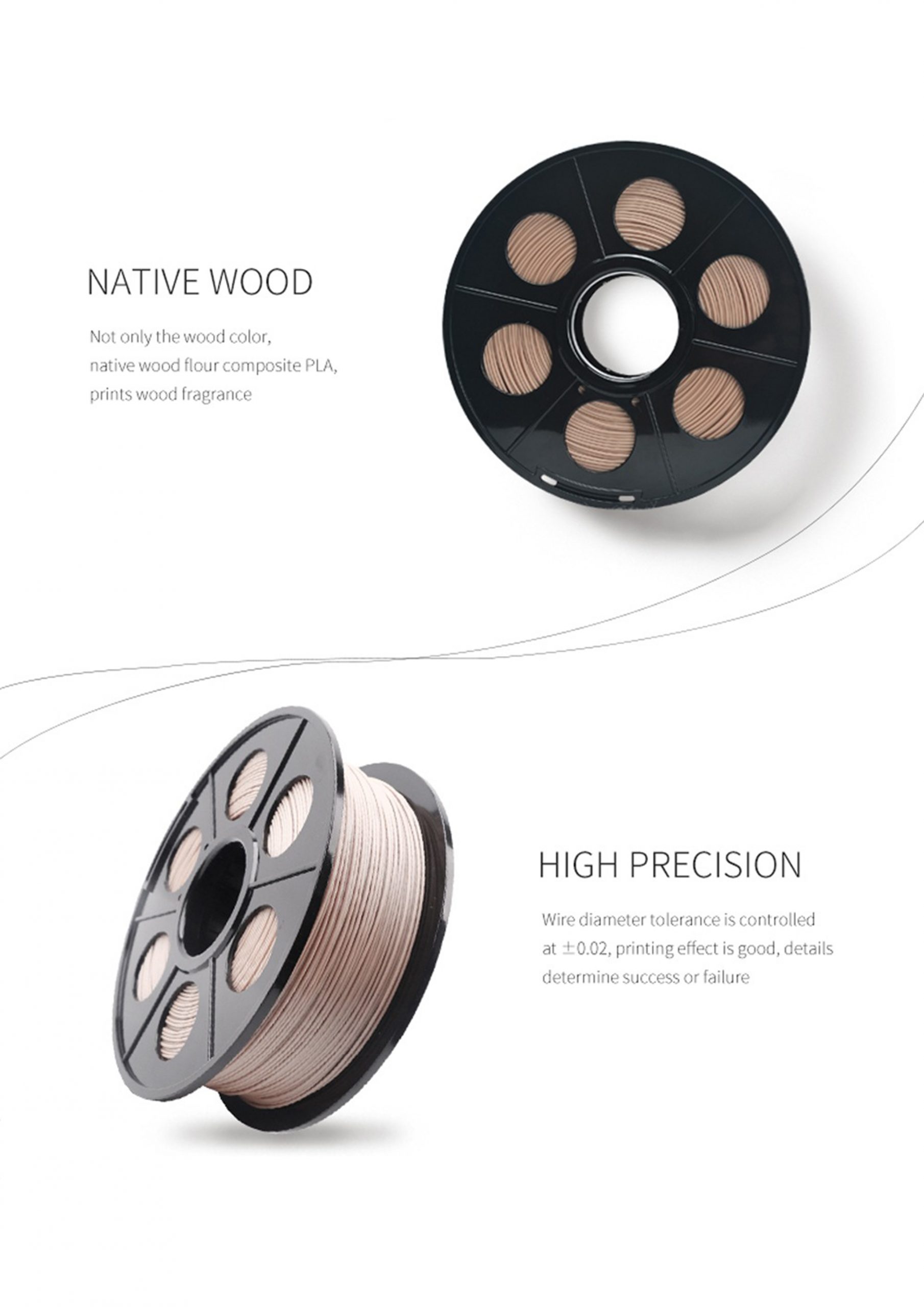
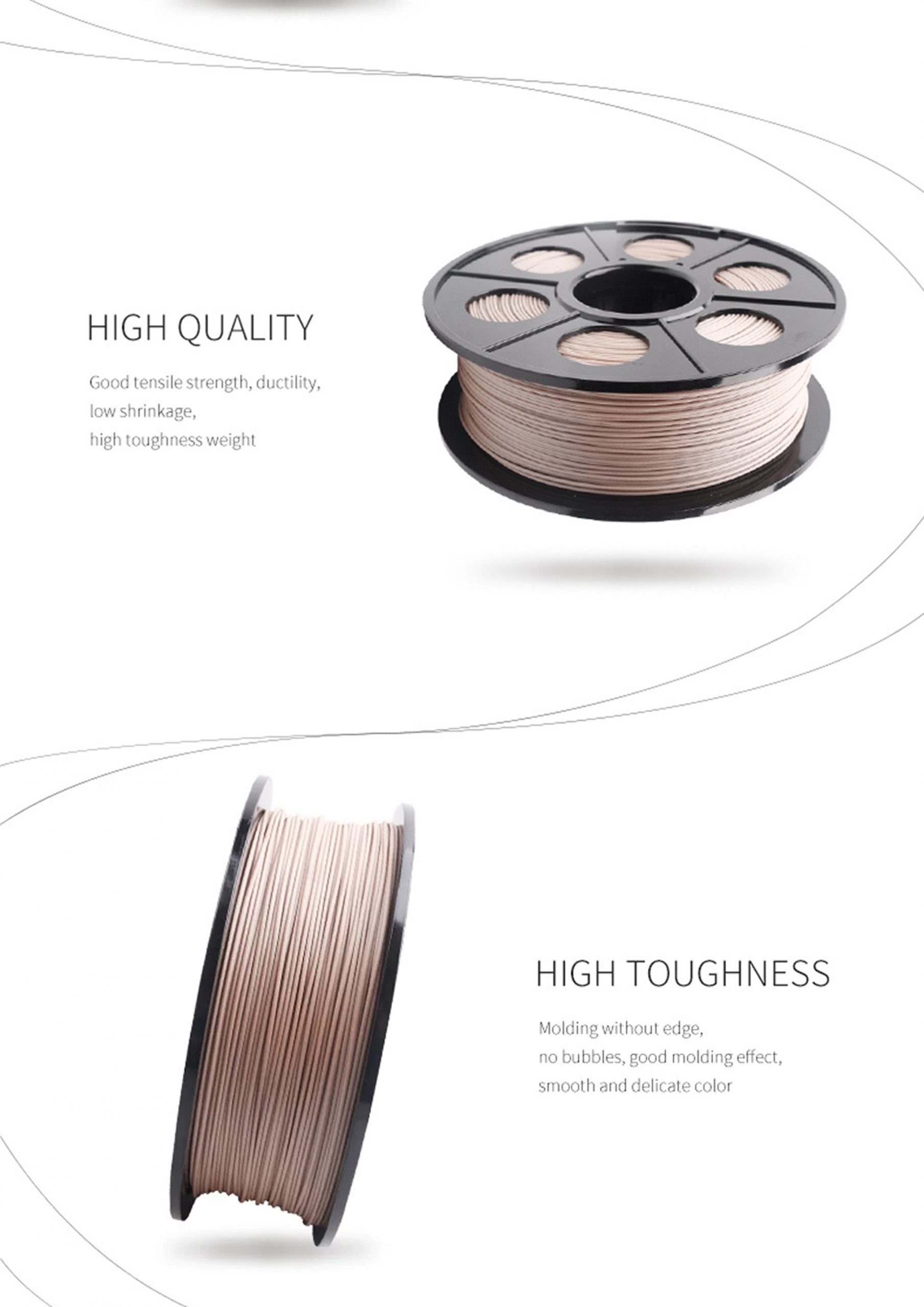
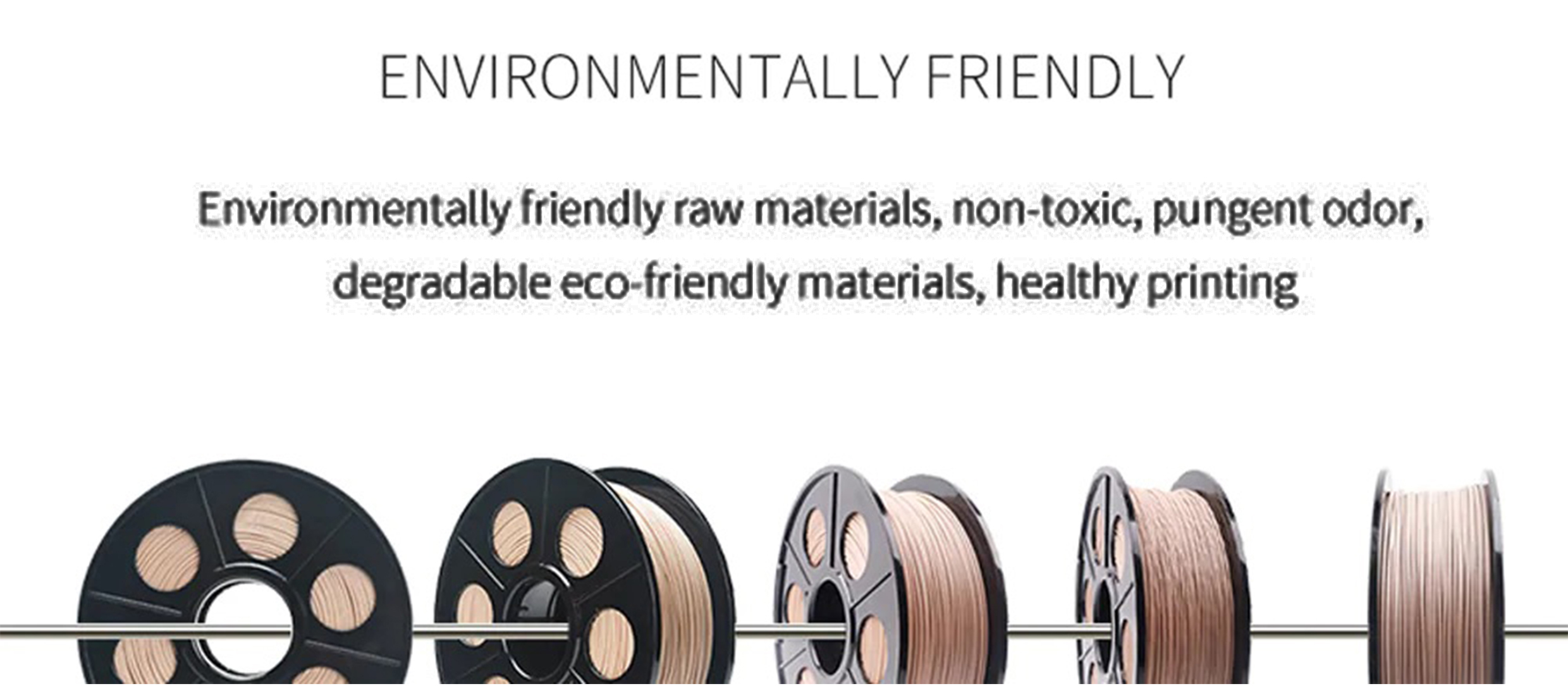
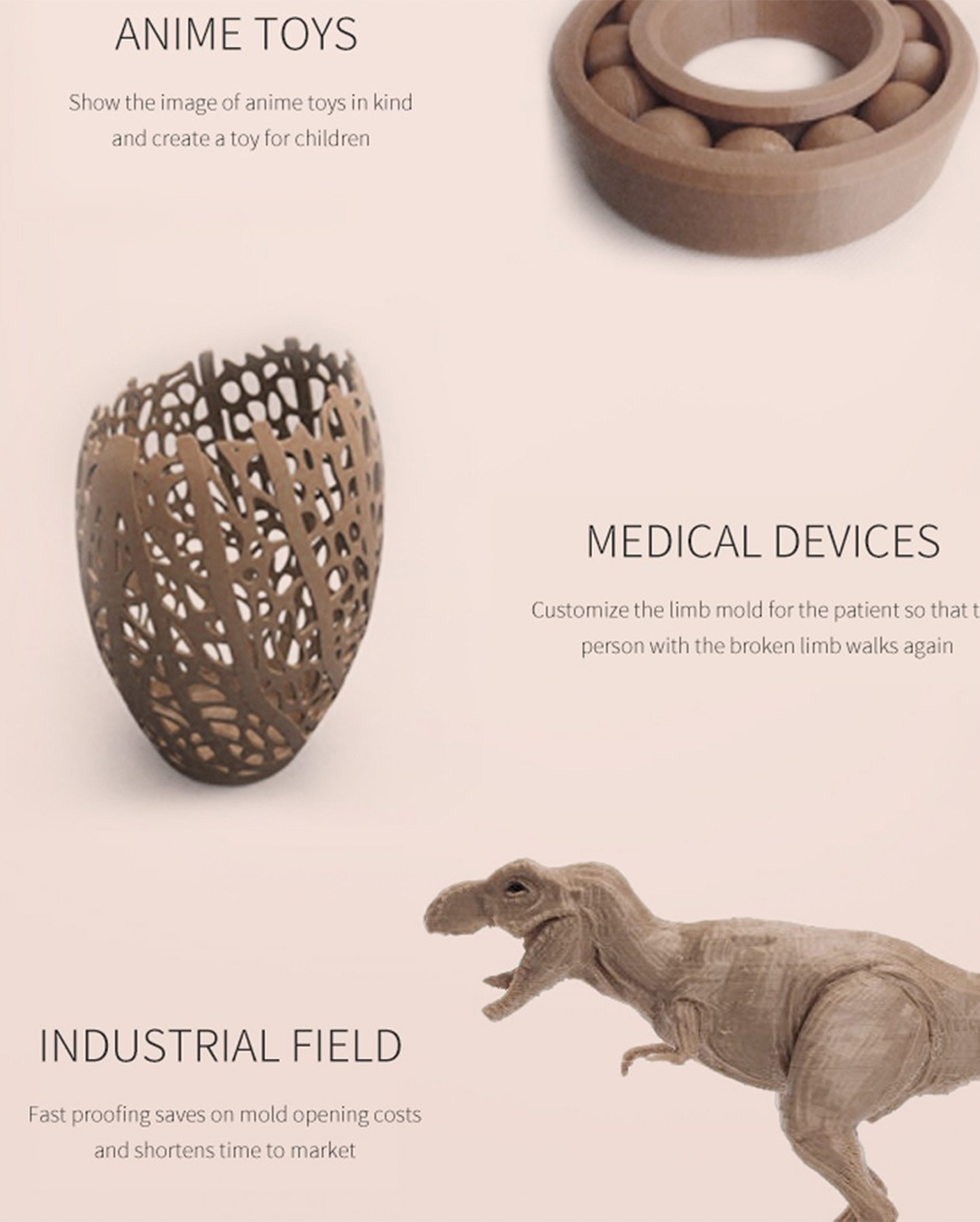
Additional information
| Color | wood |
|---|---|
| Standard Fillament | PLA+ |
| Brand | WOL 3D |
| Length | 1.75mm |
| Weight | 1Kg |
There are no question found.


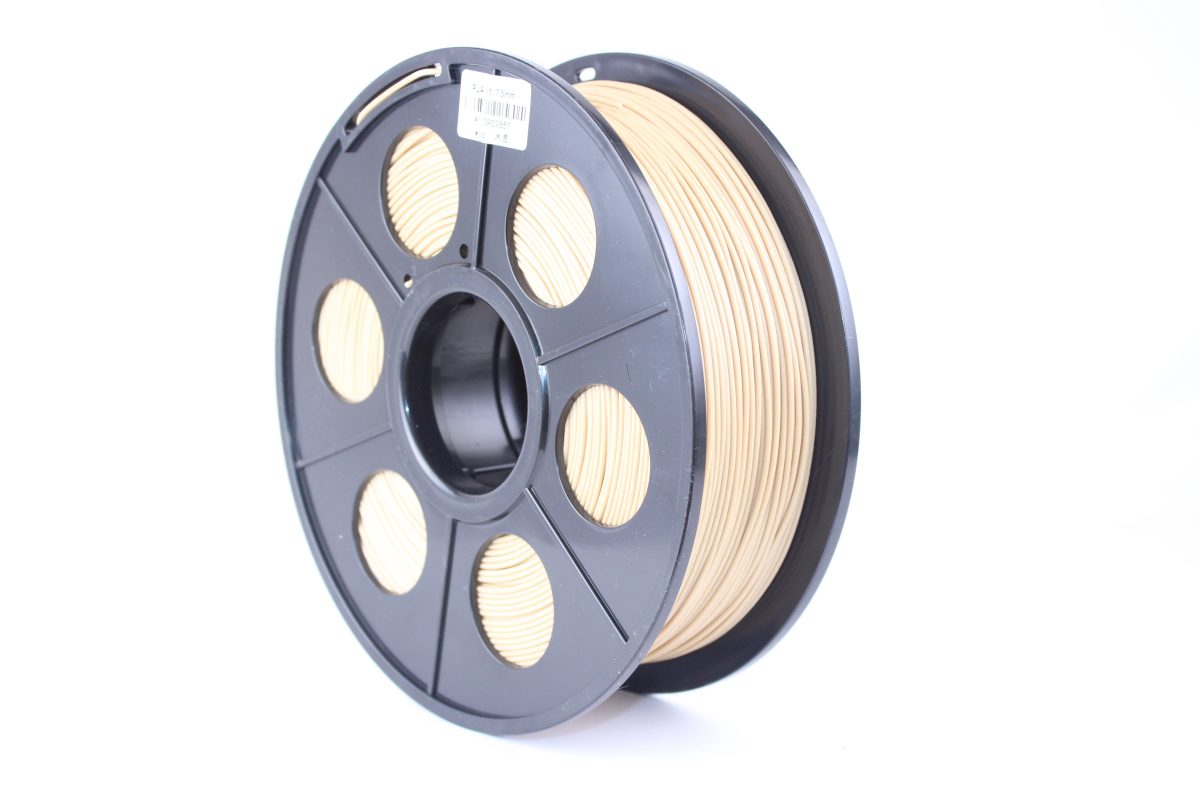
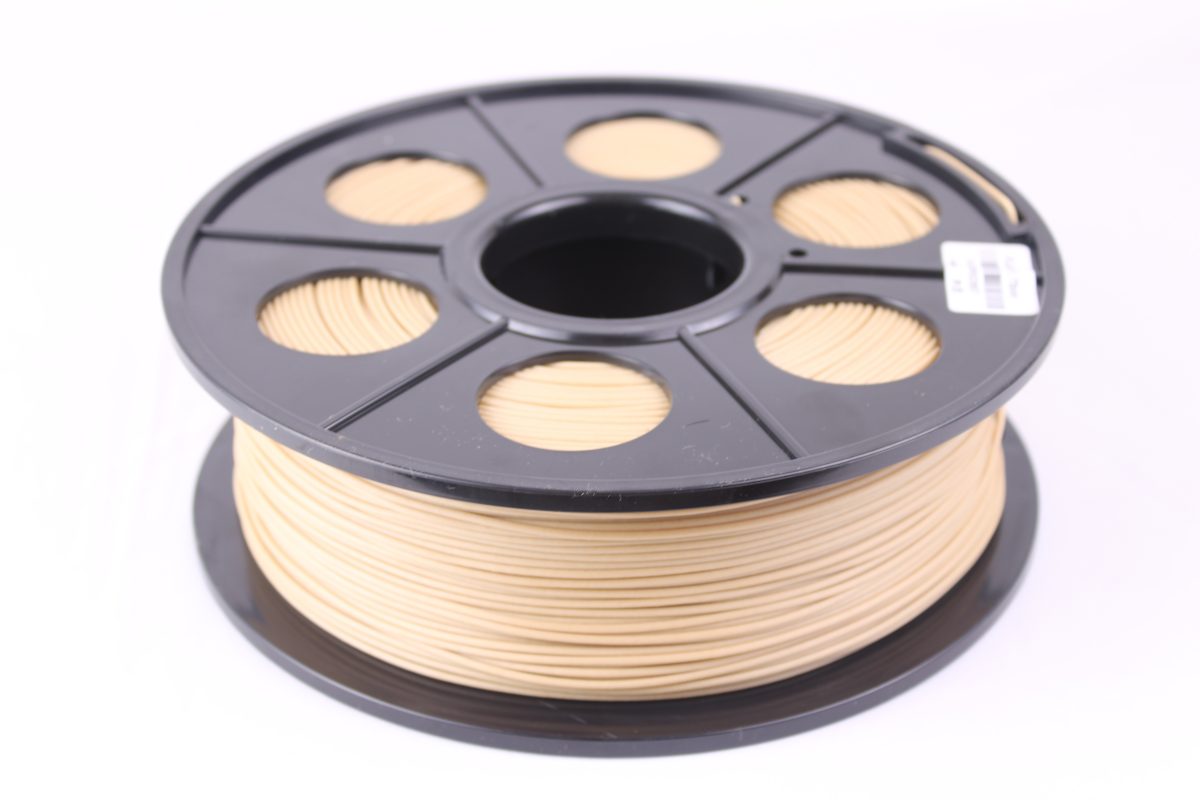
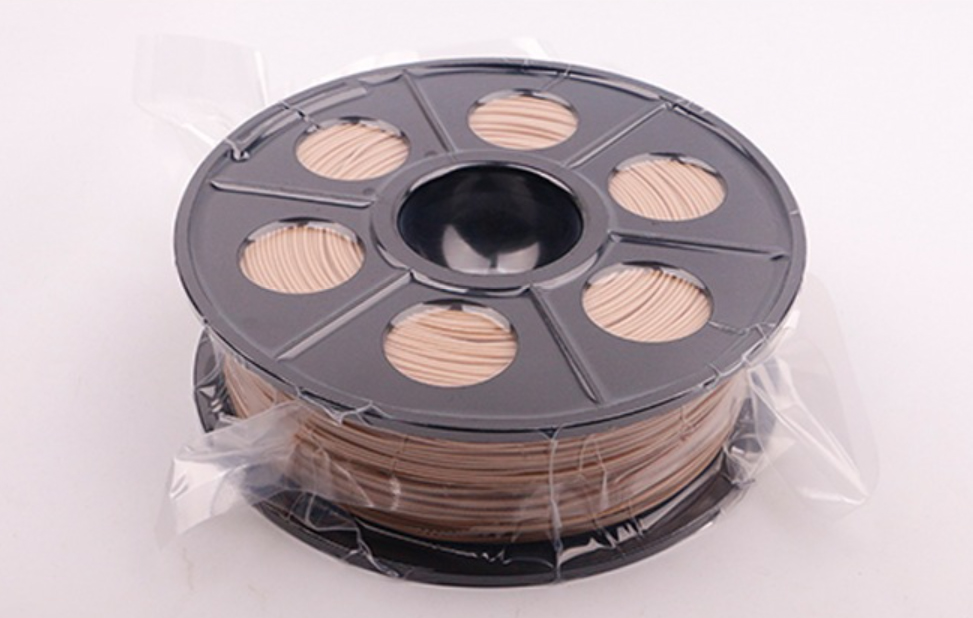

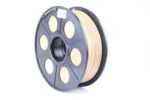
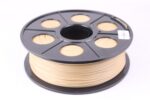

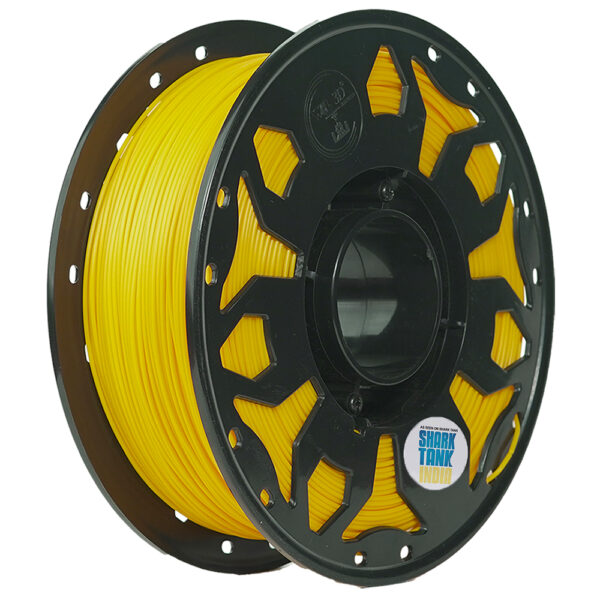
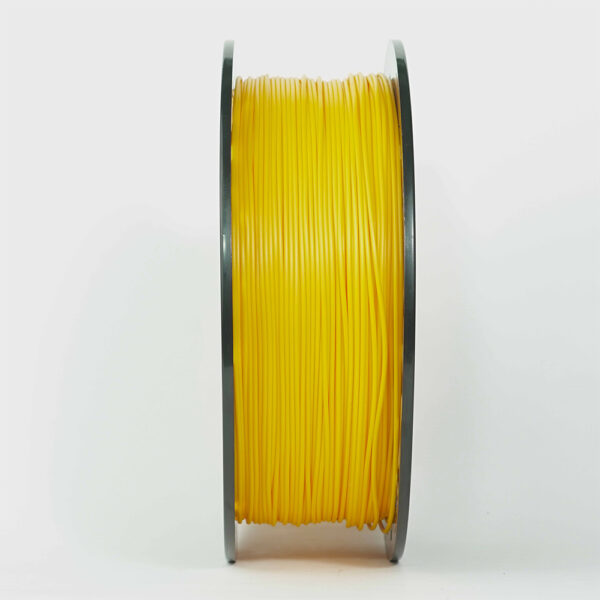
Rating & Review
There are no reviews yet.